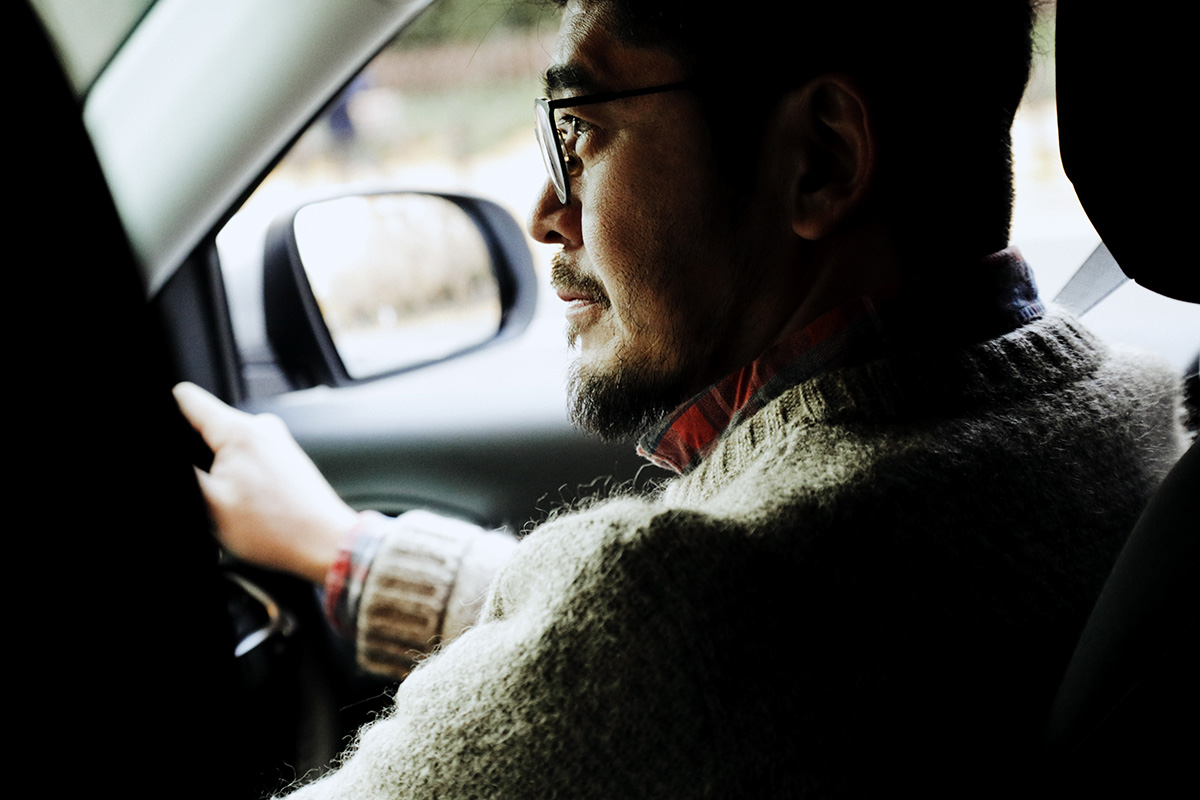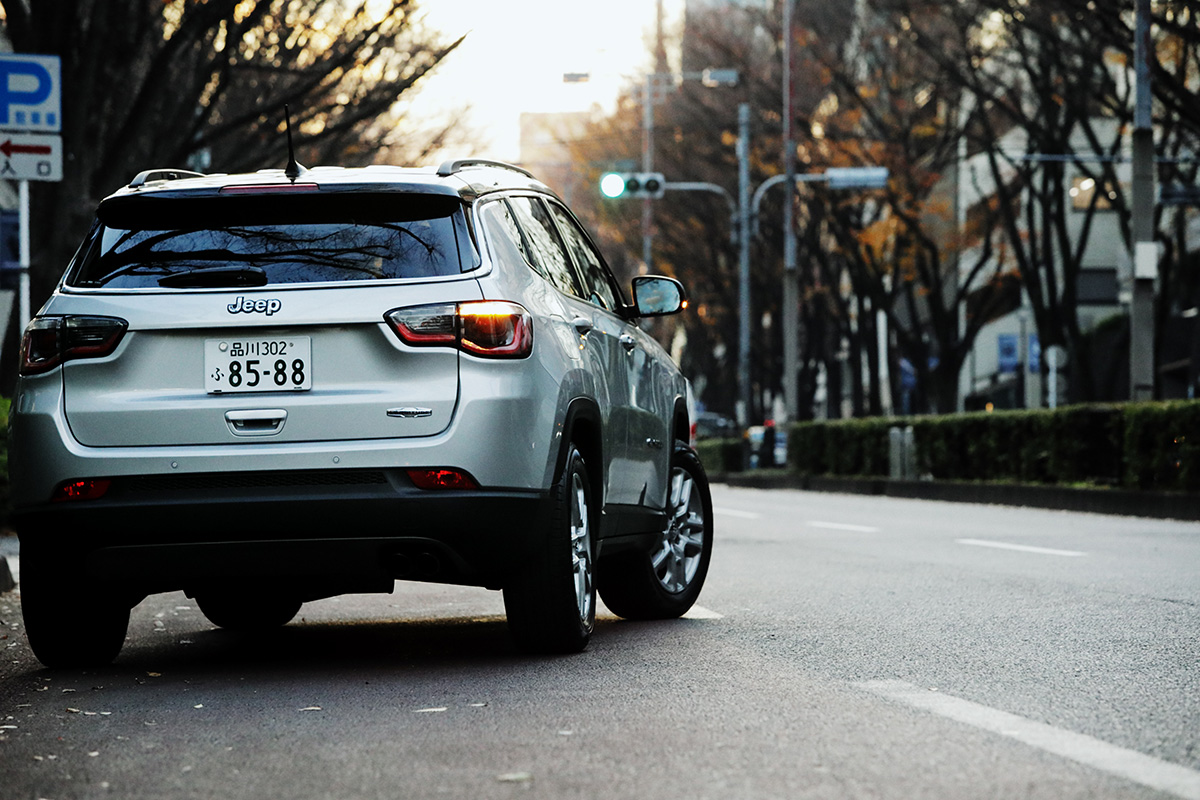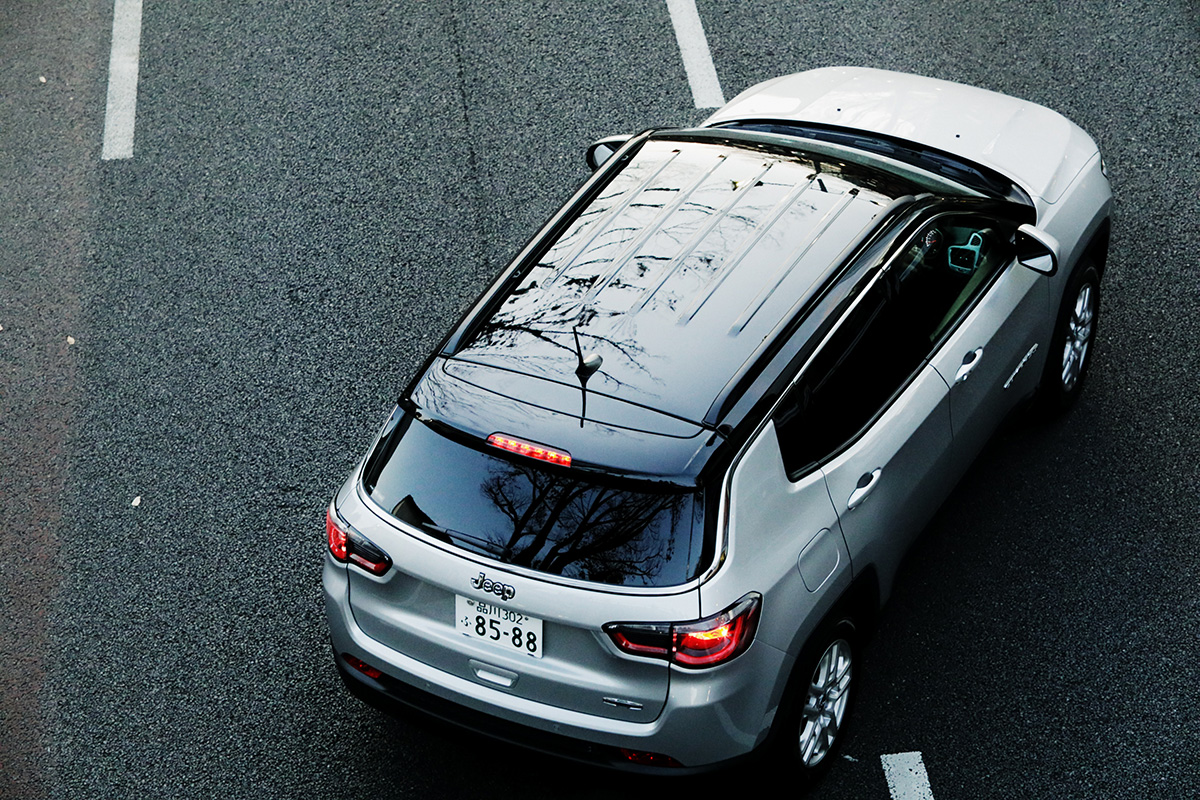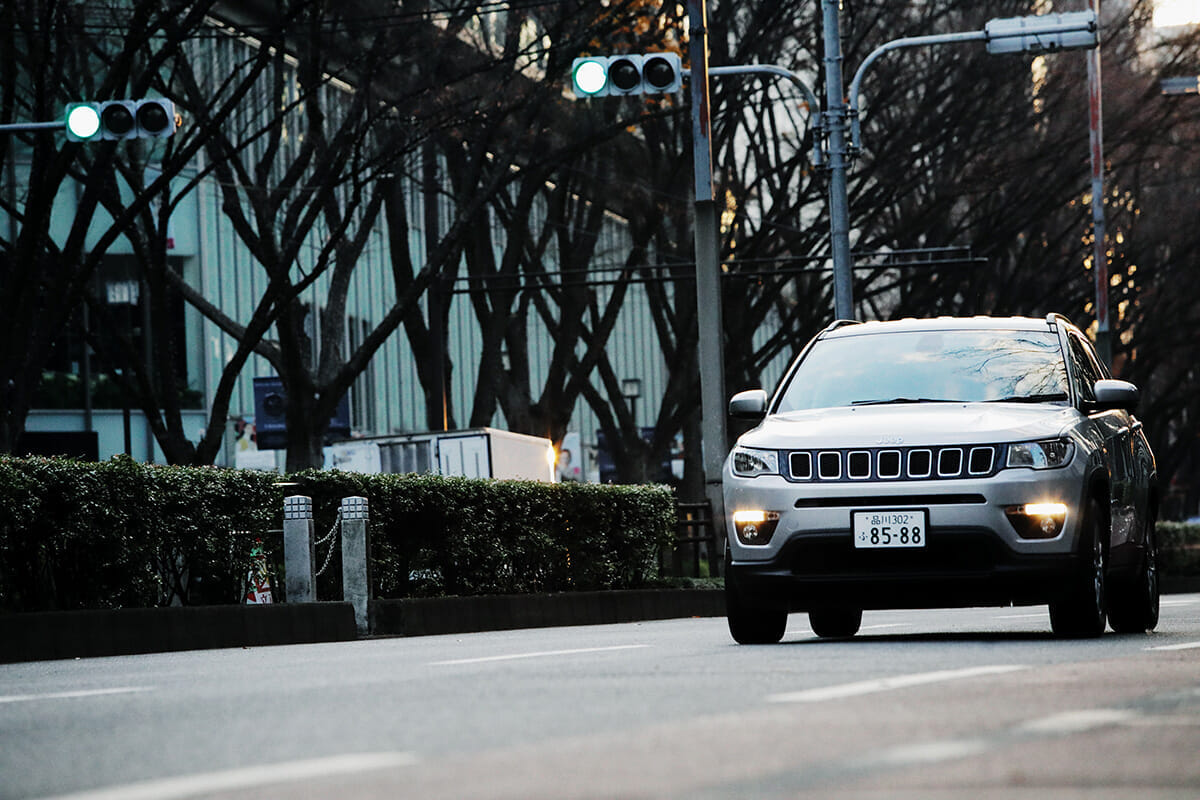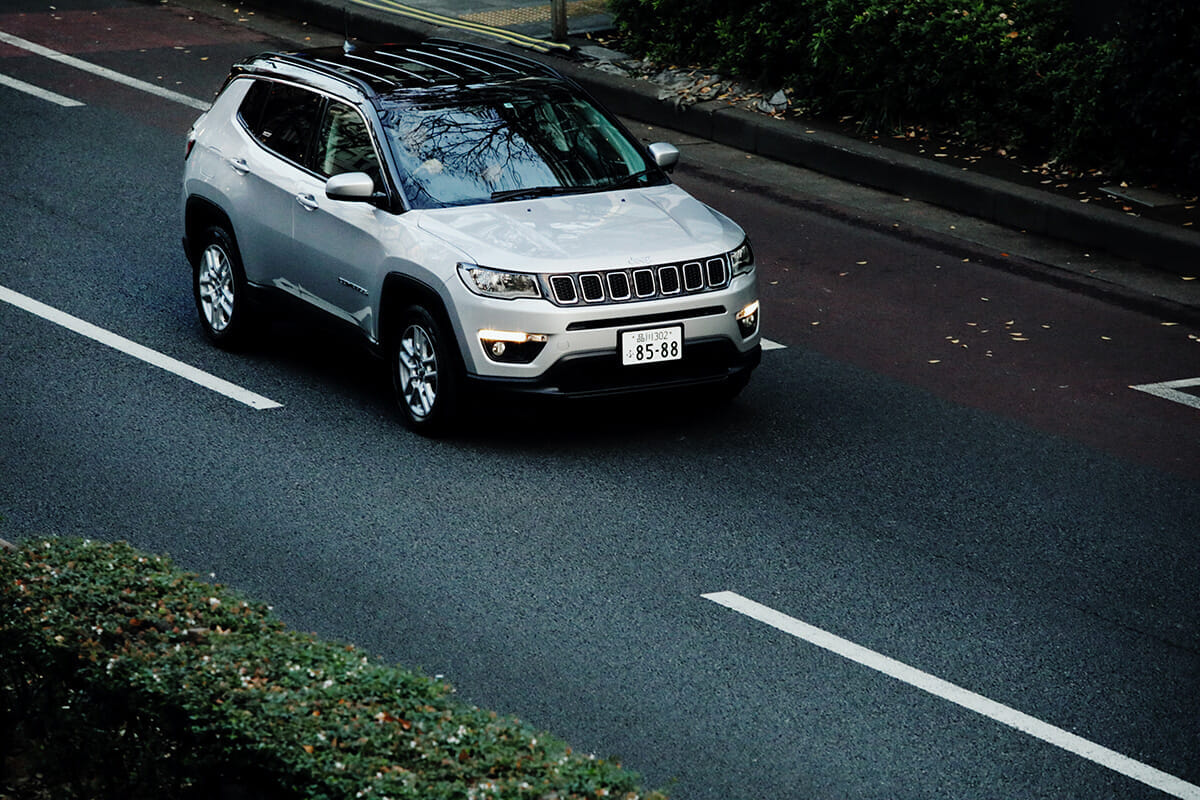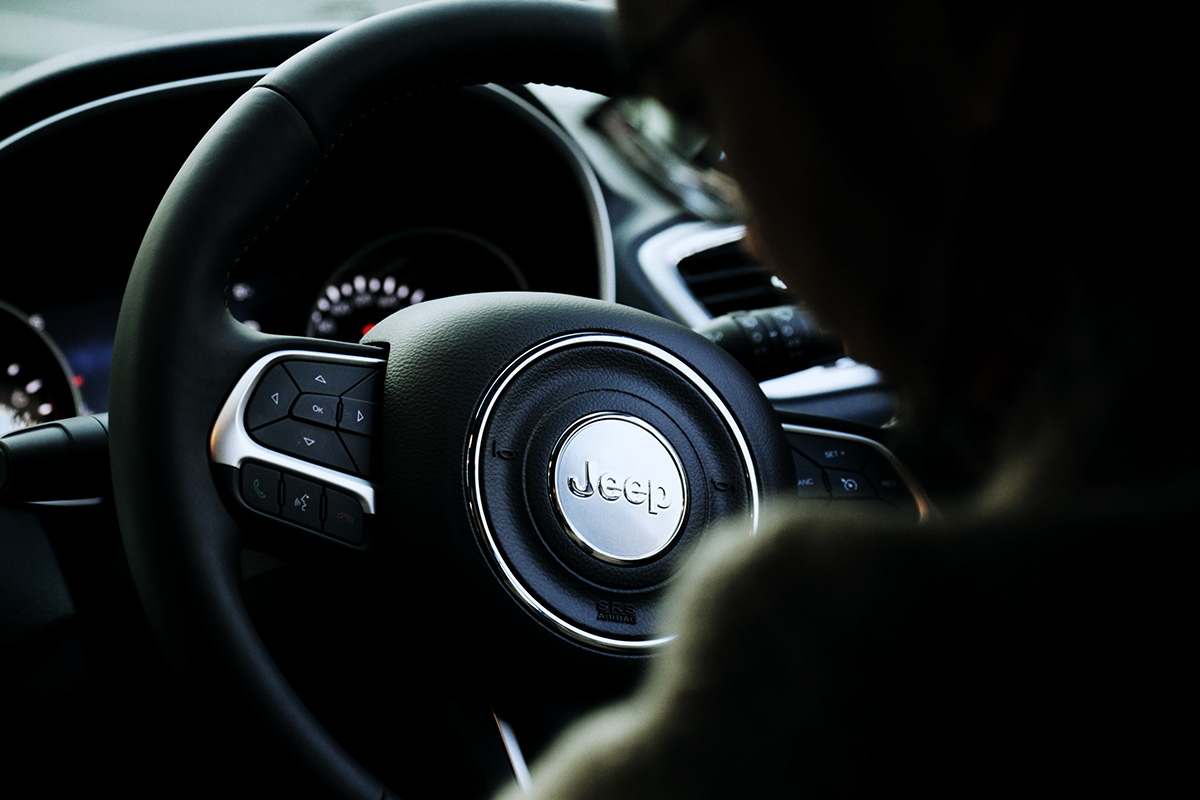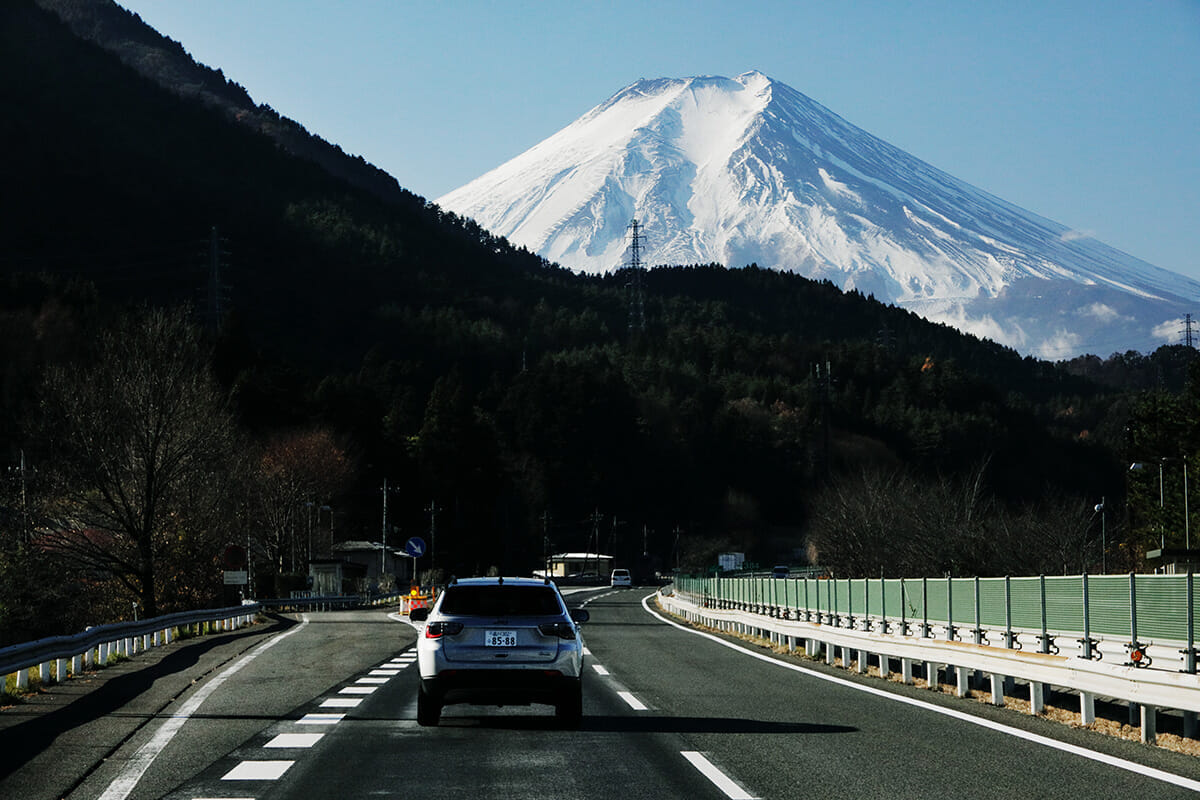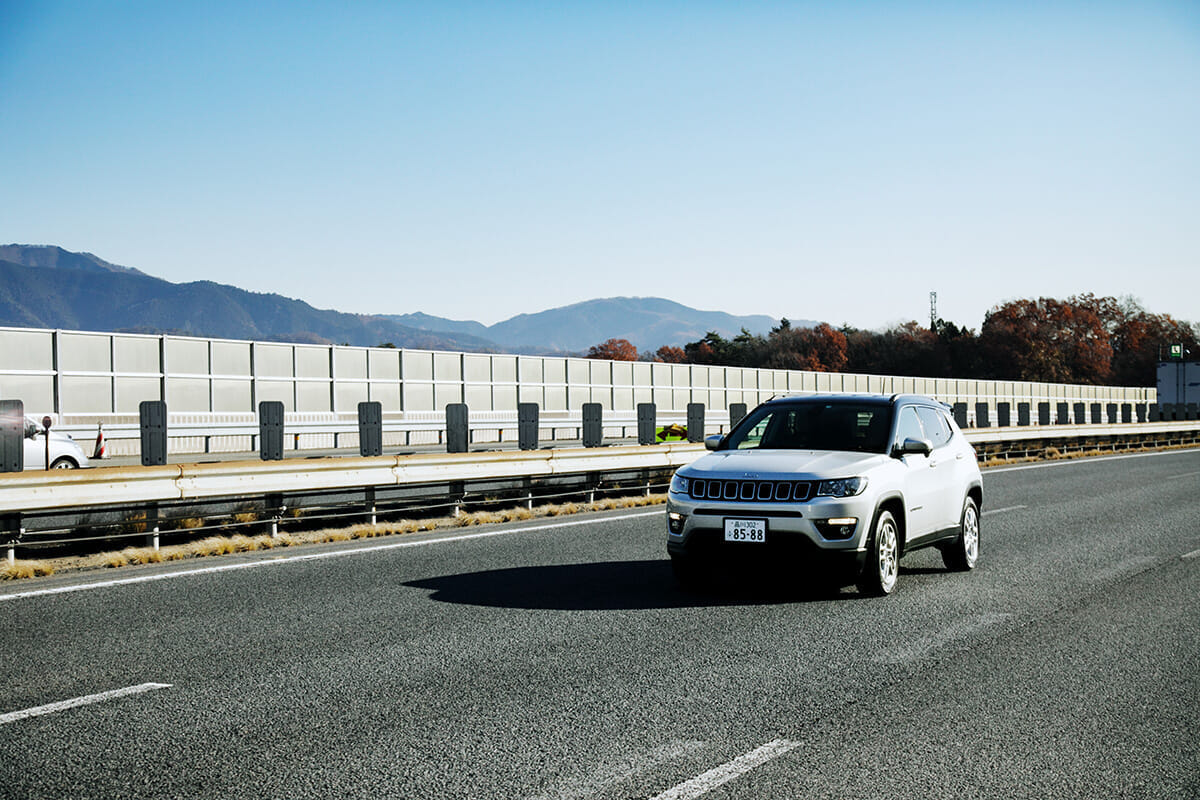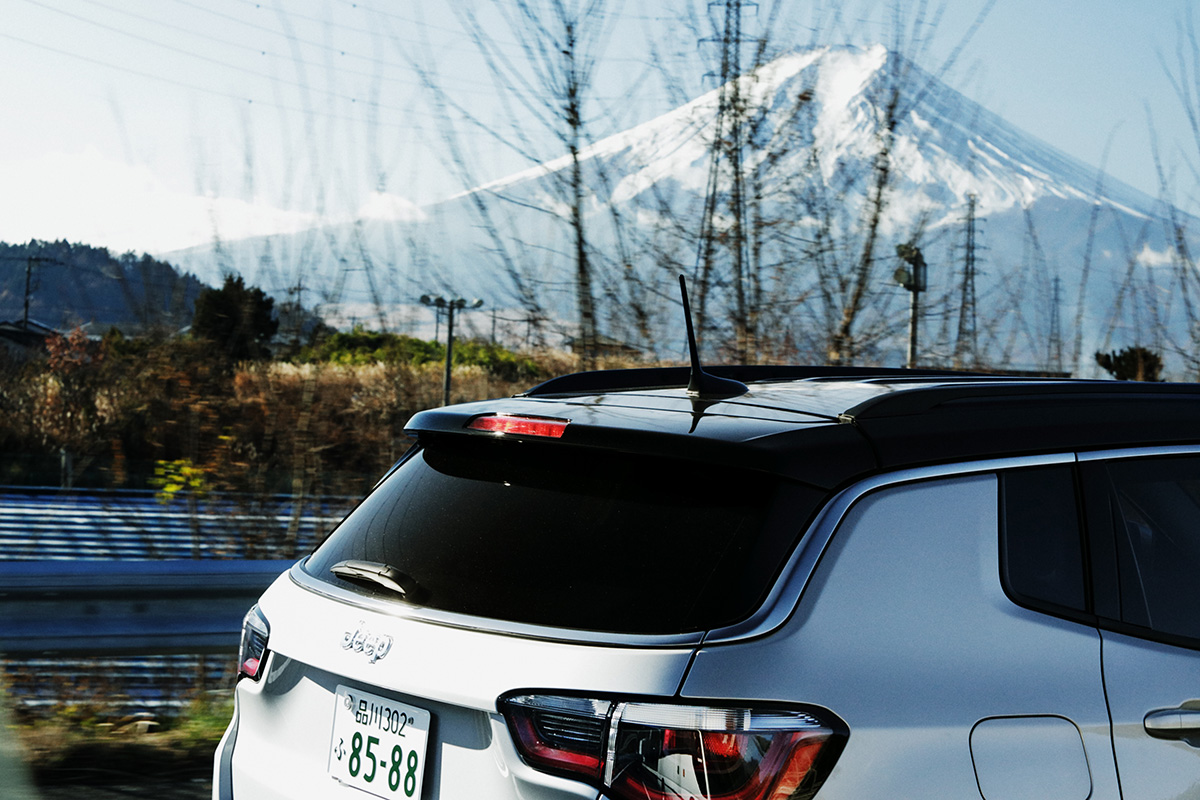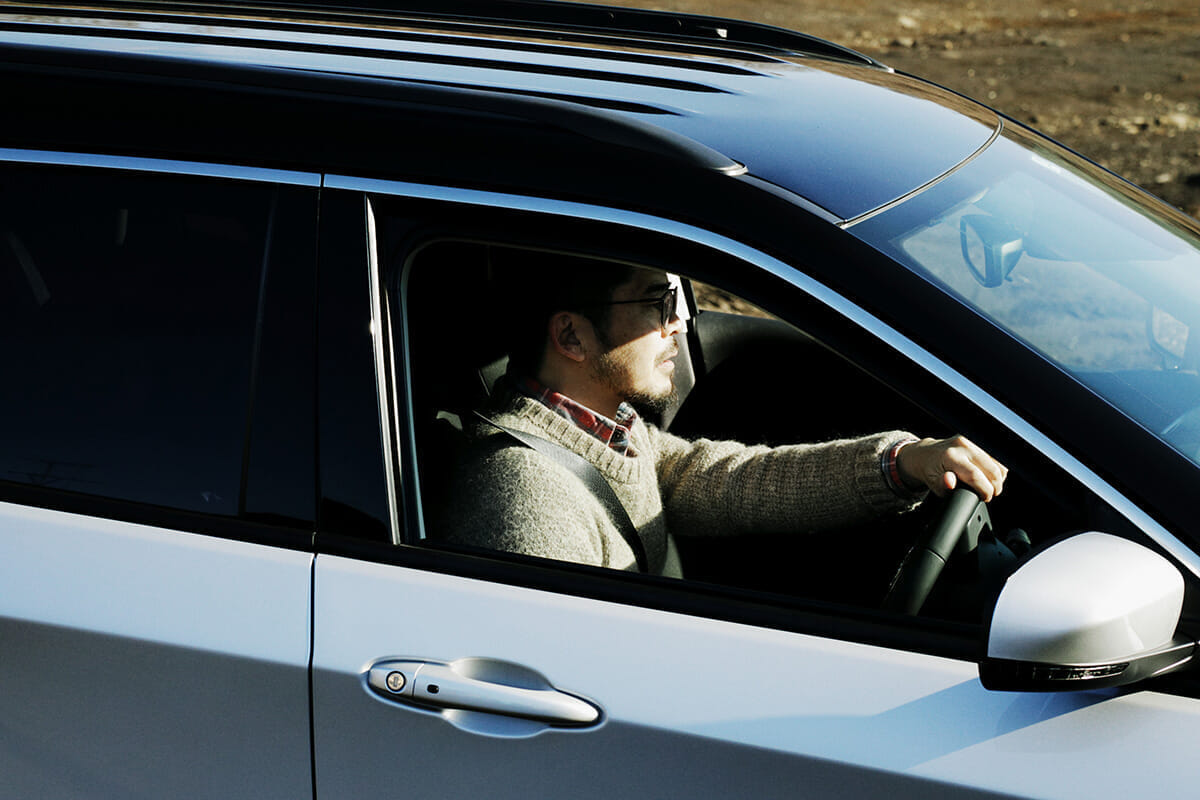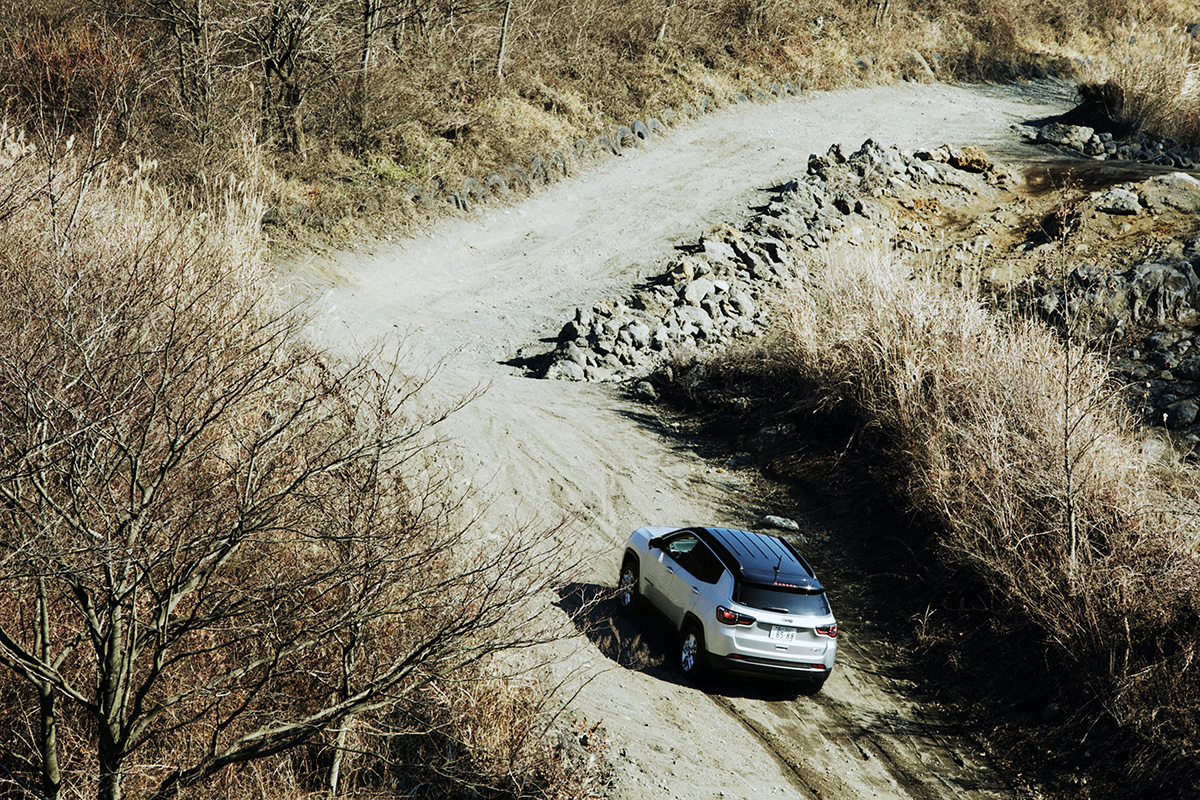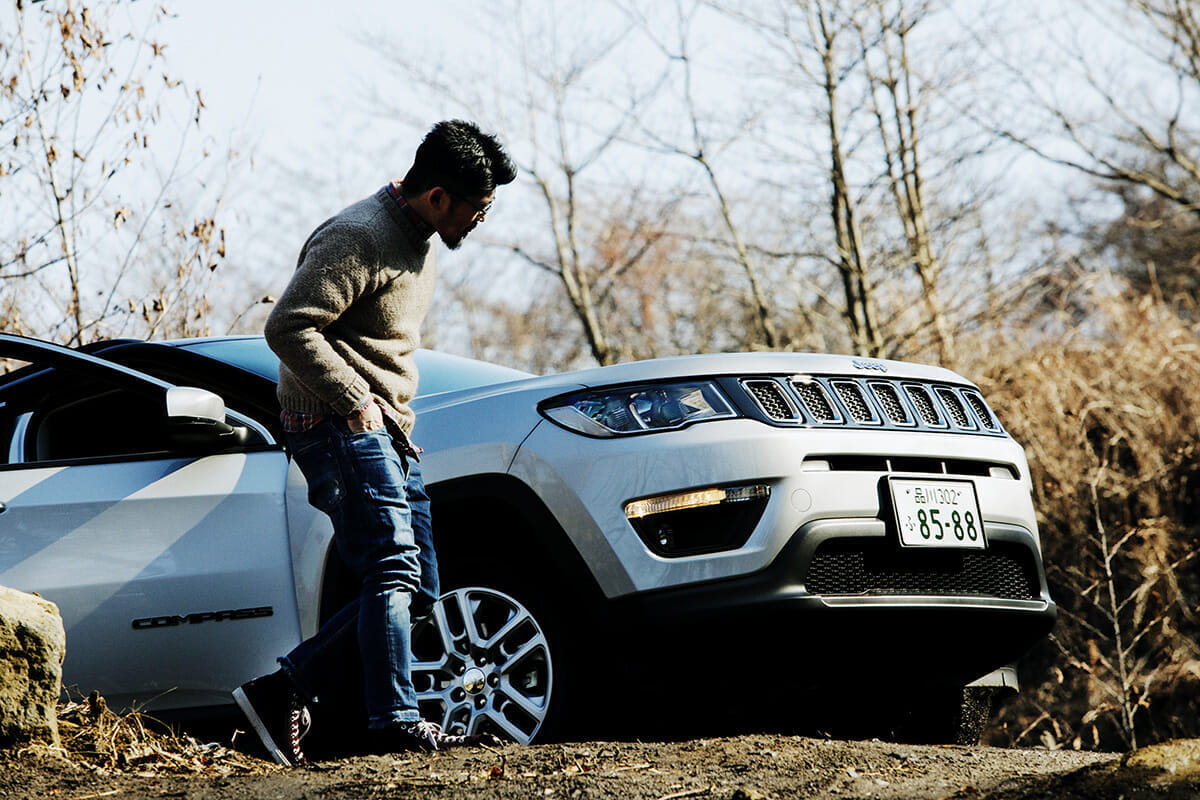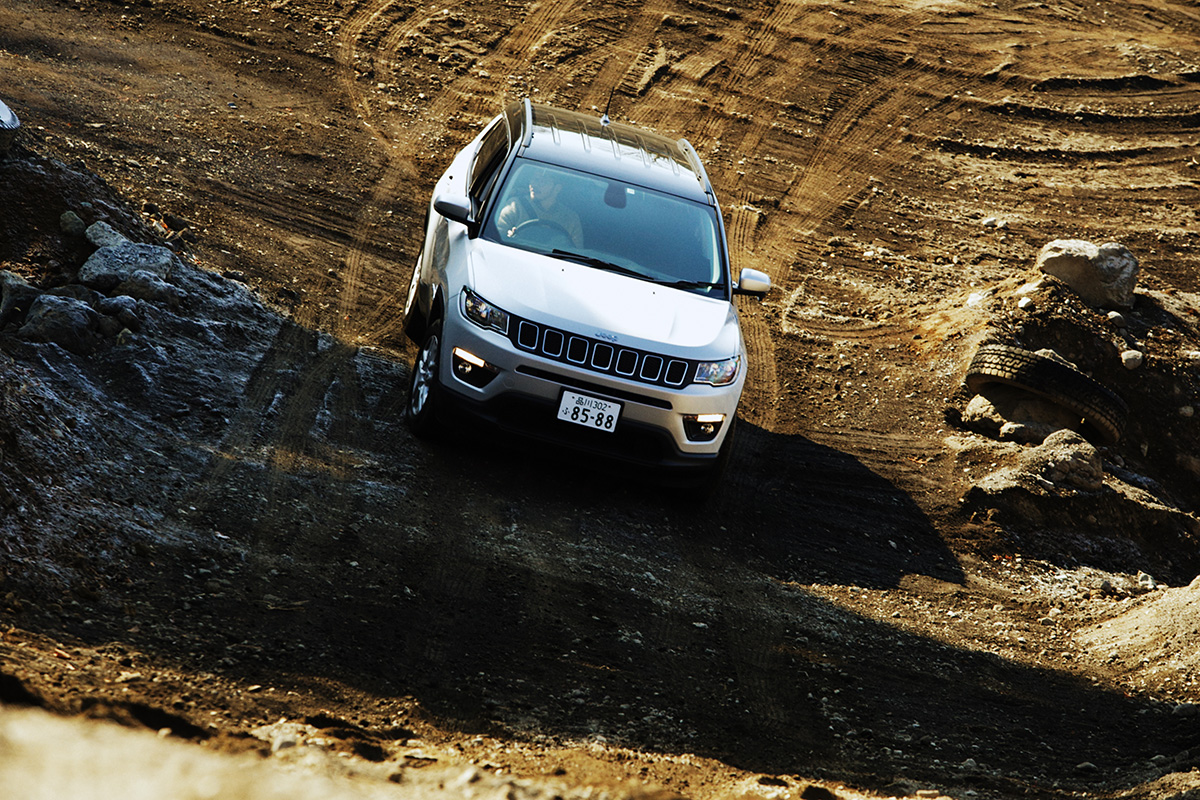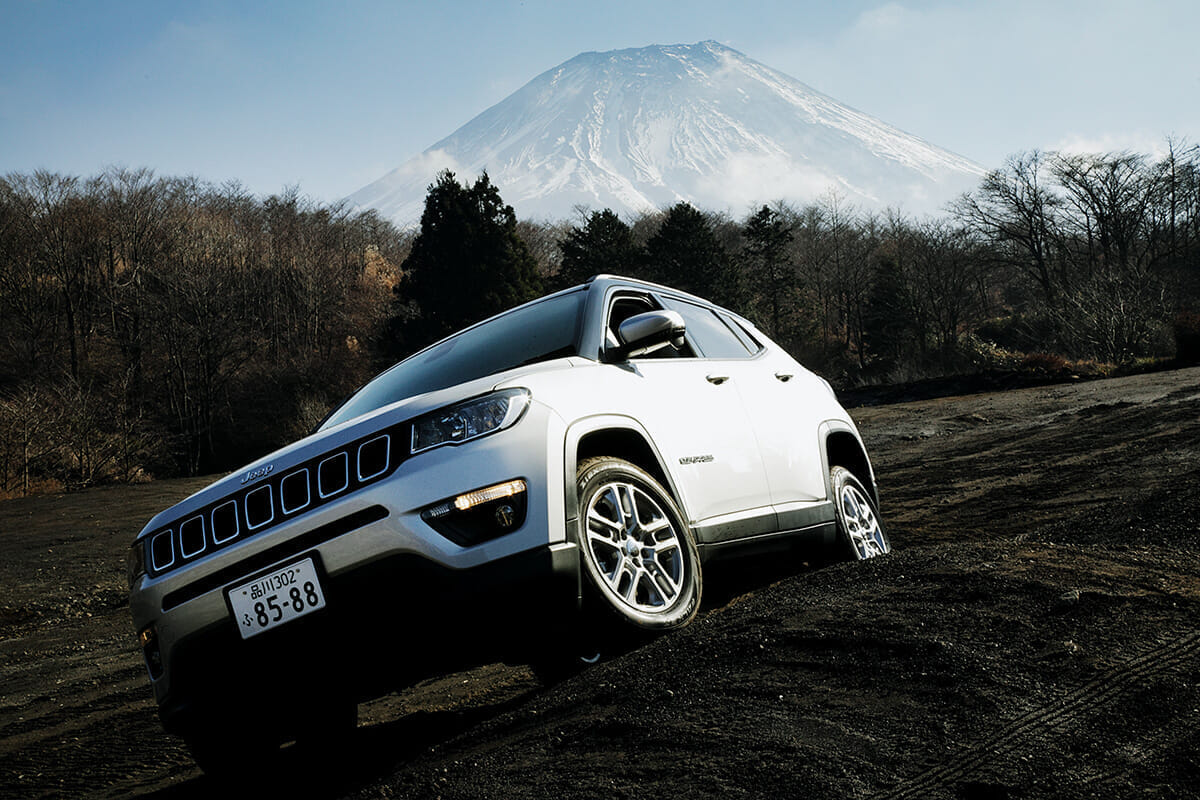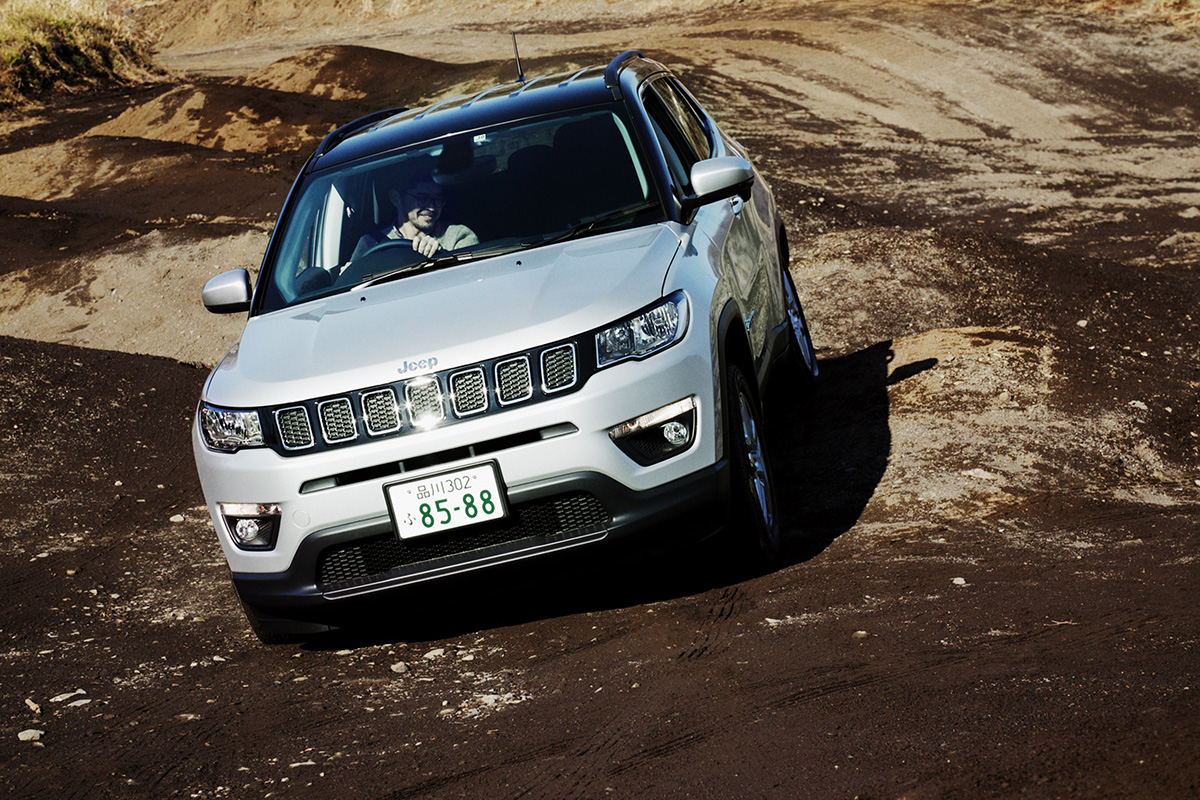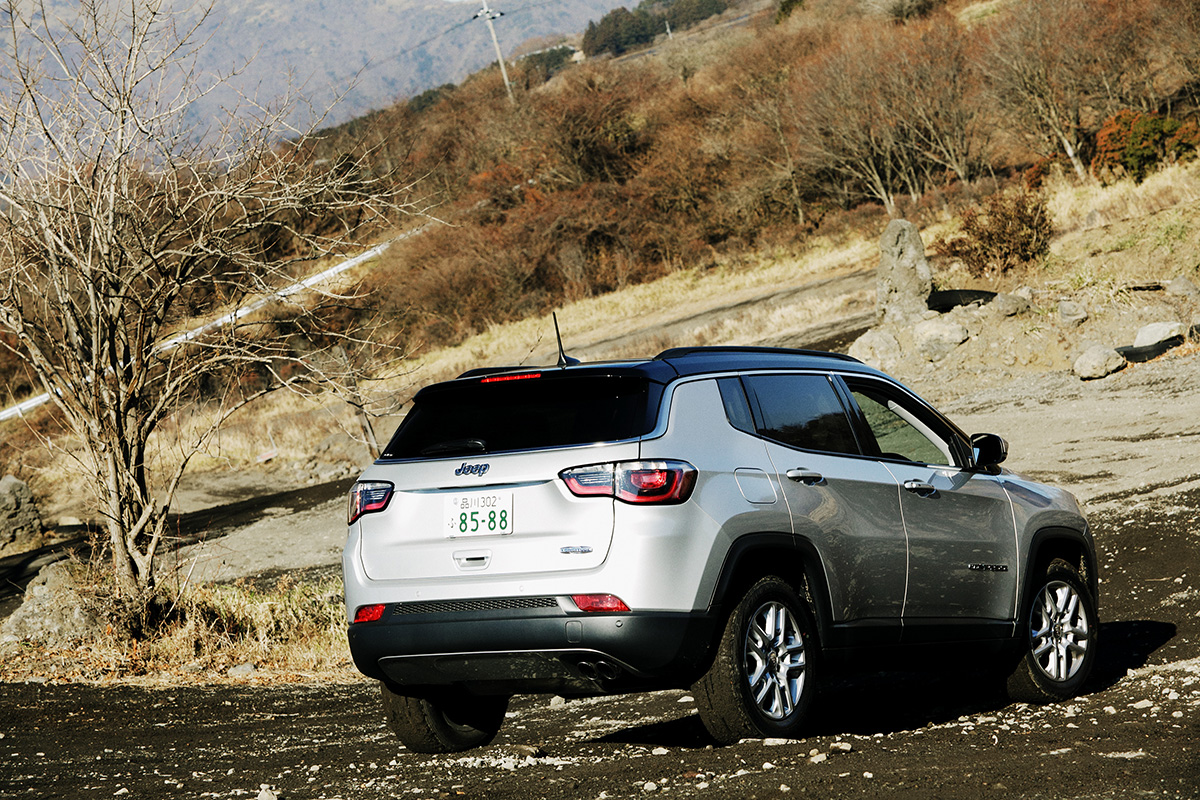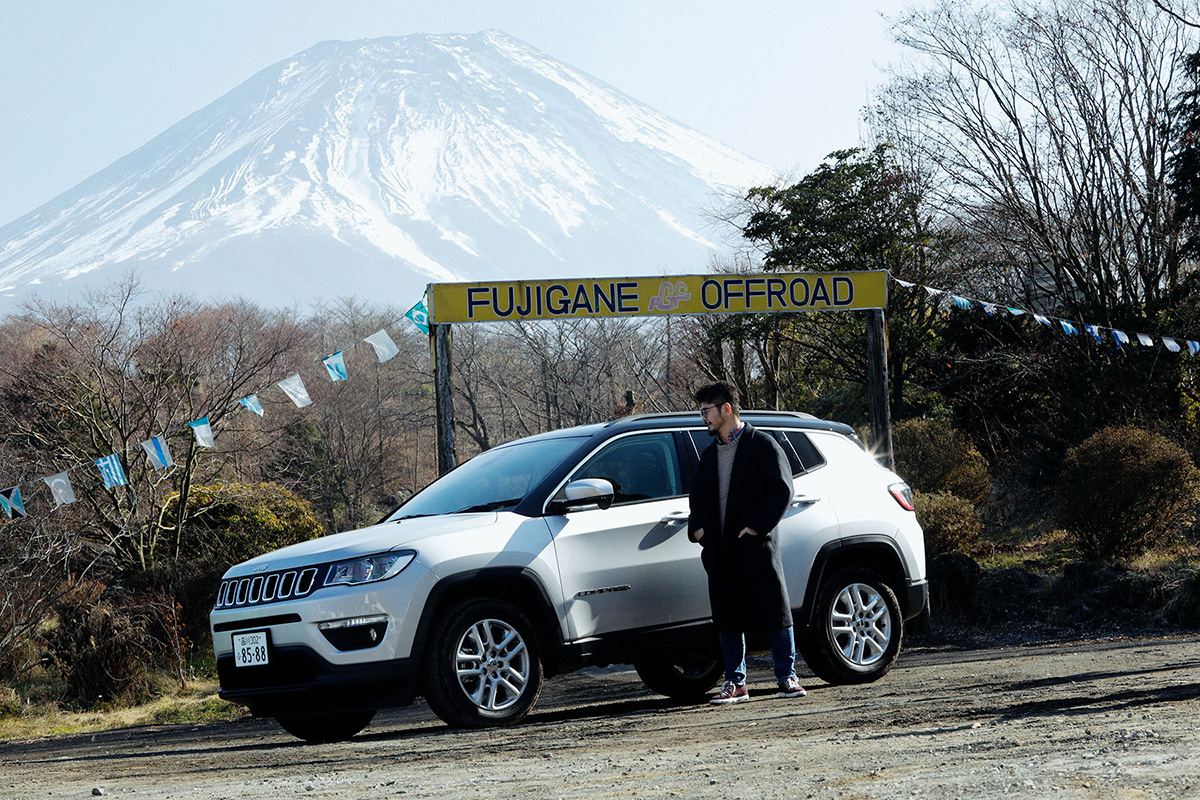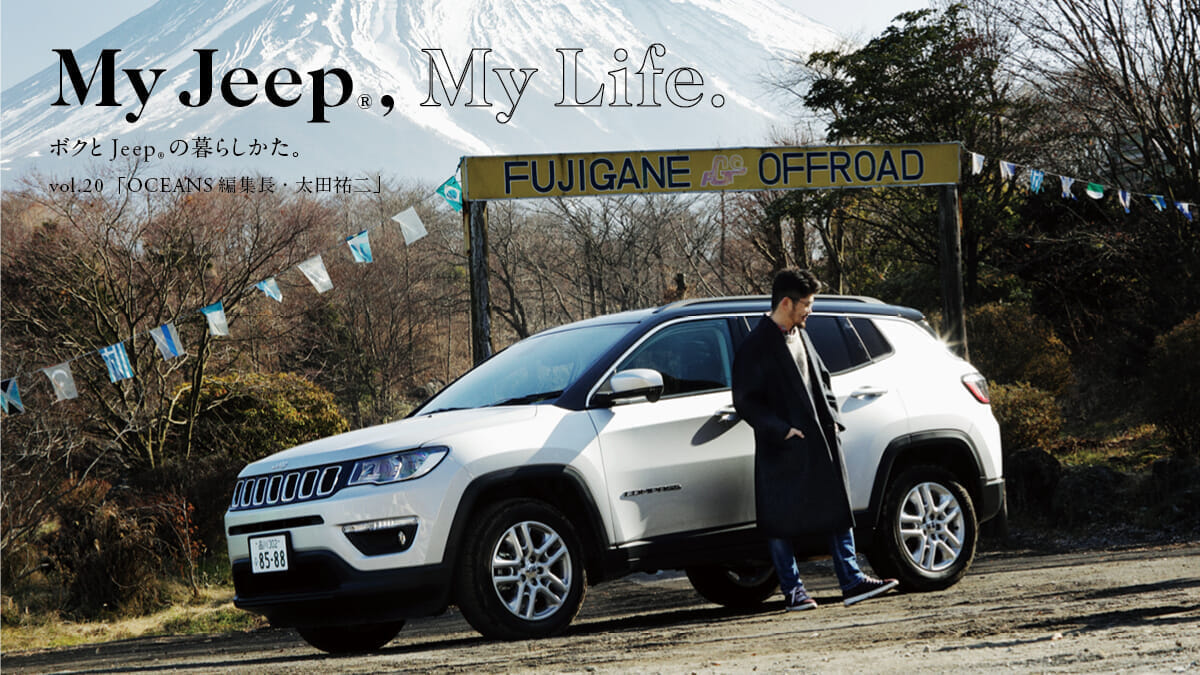
My Jeep®, My Life. How I live with my Jeep®. vol.20 "OCEANS Editor-in-Chief Yuji Ota
Jeep®, the world's first SUV, is loved by people all over the world. HOUYHNHNM has been working with Jeep since last year, and this season we will further upgrade our efforts to provide more information. A community project called "CREATIVE GARAGE" has been launched with Jeep at the center, and HOUYHNHNM's, the newly launched special website, and the J-WAVE radio program "Jeep® CREATIVE GARAGE" will be used to create new creations under the theme of "Contemporary Standard" to deliver ideas and information on how to create new creations. HOUYHNHNM's will weave their own stories with a variety of guests using the words "origin" and "standard" as keywords. This time, Yuji Ota, editor-in-chief of "OCEANS" magazine, appears. He demonstrates the high drivability of the new model "COMPASS," which just debuted this fall, both on the street and off-road. Looking back on his own editorial career, he talked about the pride he has gained in his work.
- Photo_Kazumasa Takeuchi[STUH].
- Text_Yuichiro Tsuji
- Edit_Jun Nakada
- Produce_Kitchen & Company


